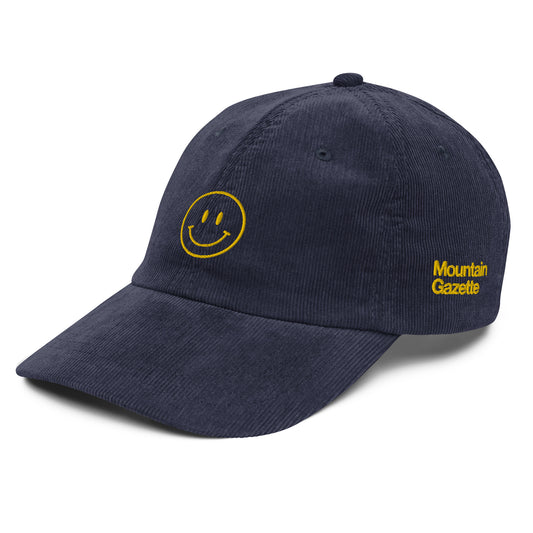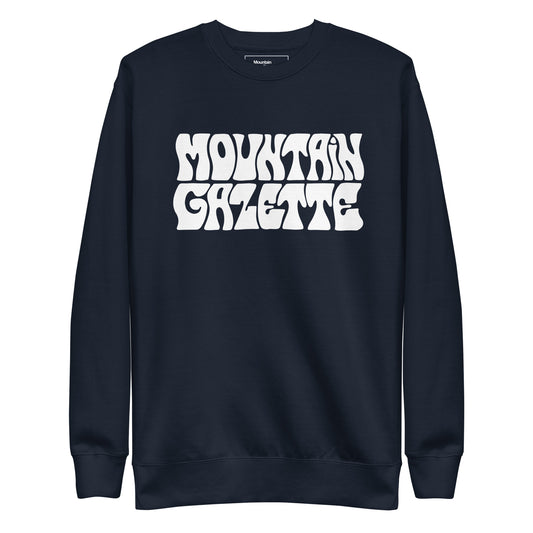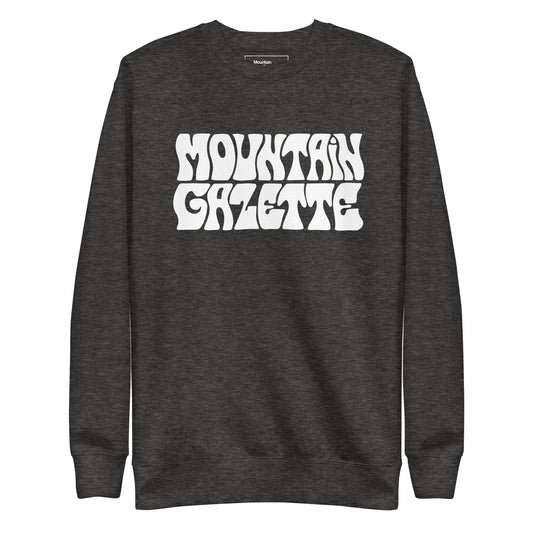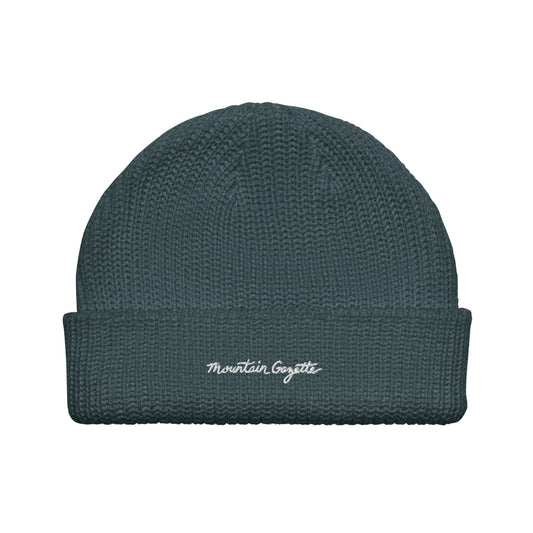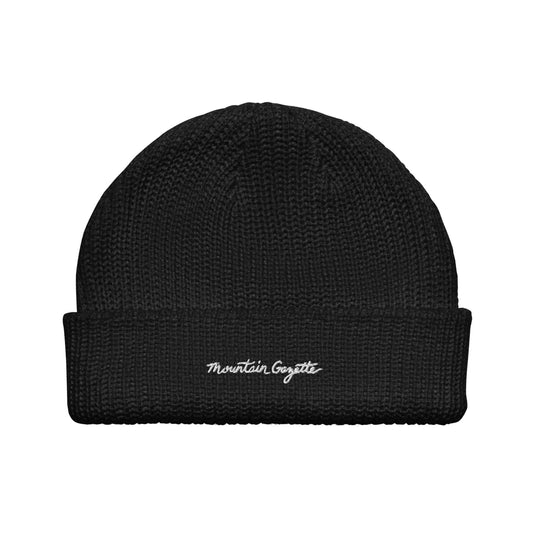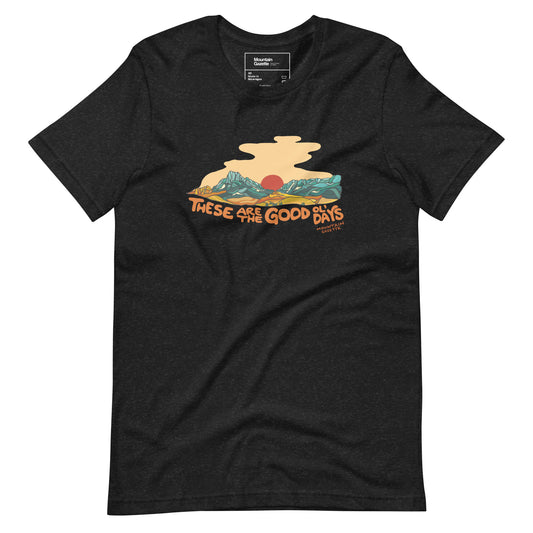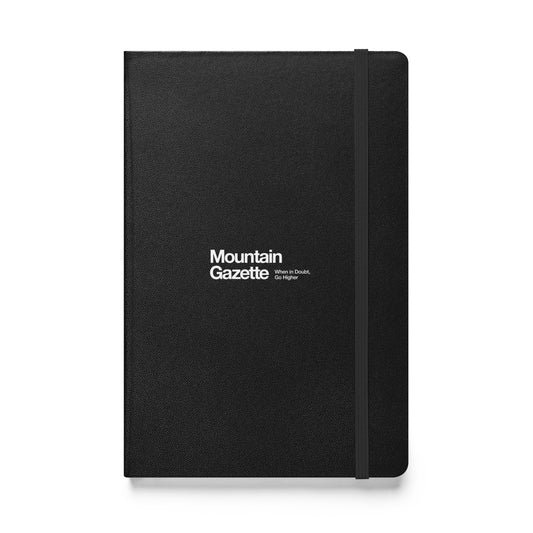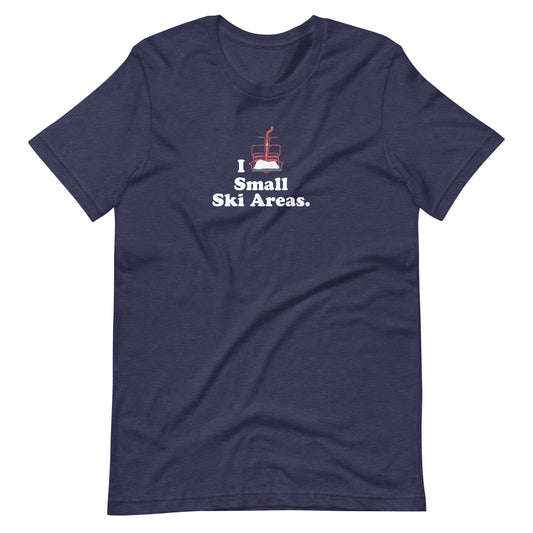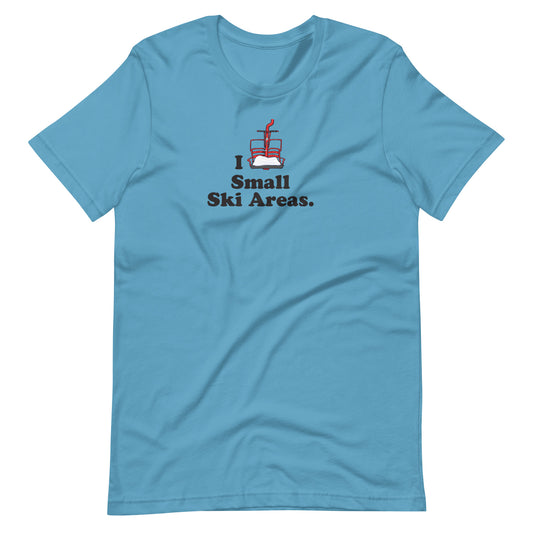This article was originally published in the Here & There newsletter by Kyle Frost. Here & There is an email newsletter published every other Thursday.
Gear Dropping…

How Livestream Shopping Took Off
There are a variety of ways this is happening across platforms. TikTok, Instagram, Facebook, and Amazon all have live shopping experiences. Dedicated apps like Whatnot and others provide a more tailored/branded experience and often lean into various niche communities. Others are more focused on selling the interactive video infrastructure for integration with websites or distribute across social platforms, like Bambuser, Sprii, or Channelize.
Livestream shopping exploded in China when Taobao Live launched in 2016. It picked up additional momentum during the pandemic and continues to grow significantly. China’s live commerce industry generated $562 billion in annual sales in 2023, and accounts for 19% of ALL ecommerce sales. I’ve seen clips of professional Chinese streamers selling thousands of products an hour and working through them at a pace that is both impressive and slightly dystopic. There is one seller who famously sells things every 3 seconds. This, however, is only one part and style to a wide-ranging industry across a variety of styles and verticals.

Fishing Gear Leads the Way
More recently, they added an “outdoor” category that has been growing organically since then. Whatnot hasn’t shared detailed breakdowns beyond the category growth, but a recent post claims outdoor gear buyers are up 300% year-over-year.
Most of the outdoor action on Whatnot isn’t ultralight packs or backcountry stoves. It’s fishing gear that dominates. Sellers showcase vintage reels, rare and lightly used lures, and specialty tackle. It makes sense, given the size and spending power of the fishing industry. The fishing world is full of passionate subcultures, deep brand loyalty, and a long history of gear nerdery. The segment is also extremely large, driving a massive percentage of the $1.2 trillion “outdoor recreation industry”. Sportfishing in the U.S. generated over $230.5 billion last year, according to a recent report.

Who's it for?
But specialty retail and influencers? That’s where it gets more interesting.
I could imagine a world where a local gear shop, consignment store, or independent fly-fishing outfitter streams a twice a week gear show, spotlighting used stock, new staff picks, or rental fleet clear-outs. It could feel less like a sales pitch and more like a shop-floor conversation. No pushy sales tactics, more off-the-cuff conversations. Now, that’s not an easy task. You still need to have a good understanding of the available platforms, dedicate the time to it, and have someone on staff that is good at/comfortable with talking to folks and answering questions in a livestream format. For this reason, we’re probably just as likely to see more individuals having success (a bit like the boutique consignment/secondhand influencers on TikTok) than shops or brands.
Generational Tension
That creates a weird generational mismatch. The folks with closets full of high-end gear ripe for secondhand (and the folks that own the stores) are least likely to be engaged with new technologies or consider streaming. Meanwhile, the folks most excited to engage aren’t the consumers with the deepest pockets.
This is why I think the best opportunities here are for building community, driving sales of items that cater more toward younger buyers, and potentially moving discount/secondhand gear. In a perfect world, it could become a unique bridge, with used gear passing from experienced users to newer, younger outdoorists in a way that’s more engaging than Craigslist or FB marketplace.
Can a livestream recreate the in-store “expert” experience? Maybe, in a slightly distilled fashion–after all, not everyone has nearby access to a great specialty retailer. Can it replace it? Probably not.
Potential and Pitfalls
If live commerce catches on in outdoor categories, it could accelerate some good things like resale, community engagement, and more conscious consumption. It could breathe new life into secondhand gear, normalize reusing over replacing, and inject some fun into a resale economy that’s often more Craigslist than community.
But there are likely trade-offs. Thousands of sellers shipping one-off items? Eh, not exactly a sustainability win. The convenience might drive sales, but what about the packaging, the emissions, the overconsumption?
And then there’s the discounting problem. The outdoor industry has spent the last few years undercutting itself with deep sales, overstock issues, and increasingly trained consumers who won’t buy anything without a promo code. If livestream shopping becomes just another discount channel, it could deepen that race to the bottom rather than fix it.
So... Is This the Future of Gear Shopping?
Maybe this becomes a new way for consumers and retailers to connect with gear, and with each other. Maybe it fizzles out like so many trends before it. The stream is live. The question is whether the industry will tune in.




